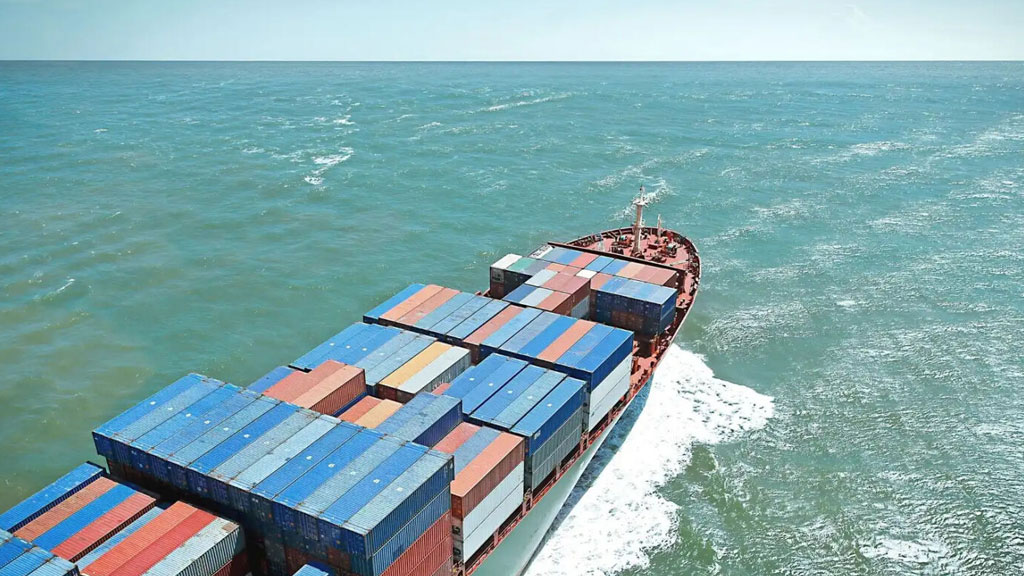Shipping plays a crucial role in global trade, enabling the movement of goods across vast distances. Behind the scenes, a complex process unfolds, consisting of four distinct stages. In this blog post, we will delve into each stage, providing a comprehensive understanding of the shipping process and its significance in international commerce.
- Pre-Shipment Stage:
The pre-shipment stage marks the beginning of the shipping process. It involves meticulous planning and preparation to ensure a smooth and efficient journey for the goods. Key activities during this stage include:
a) Documentation: Proper documentation is essential to comply with legal requirements and facilitate customs clearance. This includes preparing invoices, packing lists, and certificates of origin.
b) Packaging and Labeling: Goods must be appropriately packaged and labeled to withstand the rigors of transportation and ensure easy identification. Compliance with international packaging standards and labeling regulations is crucial.
c) Booking and Freight Forwarding: Collaborating with freight forwarders or shipping agents, the shipper arranges for the transportation of goods, negotiates freight rates, and books cargo space on vessels.
- Shipment Stage:
Once the pre-shipment preparations are complete, the goods are ready for shipment. This stage involves the physical movement of the cargo from the origin to the destination. Key aspects of the shipment stage include:
a) Loading and Consolidation: Goods are loaded onto containers or directly onto vessels, depending on the shipping method. Proper loading techniques and securing measures are employed to prevent damage during transit.
b) Transportation: The chosen mode of transportation, such as sea, air, or land, determines the route and duration of the shipment. Factors like cost, urgency, and nature of the goods influence the selection of the transportation mode.
c) Tracking and Documentation: Throughout the shipment, tracking systems allow stakeholders to monitor the progress of the cargo. Documentation, such as bills of lading and transport contracts, is crucial for legal and financial purposes.
- Customs Clearance Stage:
Upon arrival at the destination port, the goods undergo customs clearance procedures. This stage involves compliance with import regulations, payment of duties and taxes, and inspection of the cargo. Key elements of the customs clearance stage include:
a) Customs Documentation: Importers must submit the necessary customs documents, including import licenses, customs declarations, and permits. Compliance with customs regulations is crucial to avoid delays and penalties.
b) Duties and Taxes: Import duties and taxes are assessed based on the nature and value of the goods. Importers must calculate and pay these charges to obtain clearance for the cargo.
c) Inspection and Quarantine: Customs authorities may inspect the cargo to ensure compliance with safety, health, and quality standards. Certain goods may require additional inspections or quarantine measures to prevent the spread of pests or diseases.
- Delivery Stage:
The final stage of the shipping process involves the delivery of the goods to the consignee. This stage includes:
a) Inland Transportation: If the destination is inland, the goods are transported from the port to the consignee's location. This may involve various modes of transportation, such as trucks, trains, or barges.
b) Warehousing and Distribution: Goods may be stored in warehouses before being distributed to their final destinations. Efficient inventory management and order fulfillment processes are crucial to ensure timely delivery.
c) Last-Mile Delivery: The goods are finally delivered to the consignee's doorstep. This stage often involves coordination with local delivery services or couriers to ensure prompt and accurate delivery.
Conclusion:
Understanding the four stages of shipping is essential for businesses engaged in international trade. From meticulous pre-shipment preparations to the final delivery, each stage plays a vital role in ensuring the smooth flow of goods across borders. By comprehending these stages and their intricacies, businesses can optimize their shipping processes, minimize risks, and enhance customer satisfaction.


